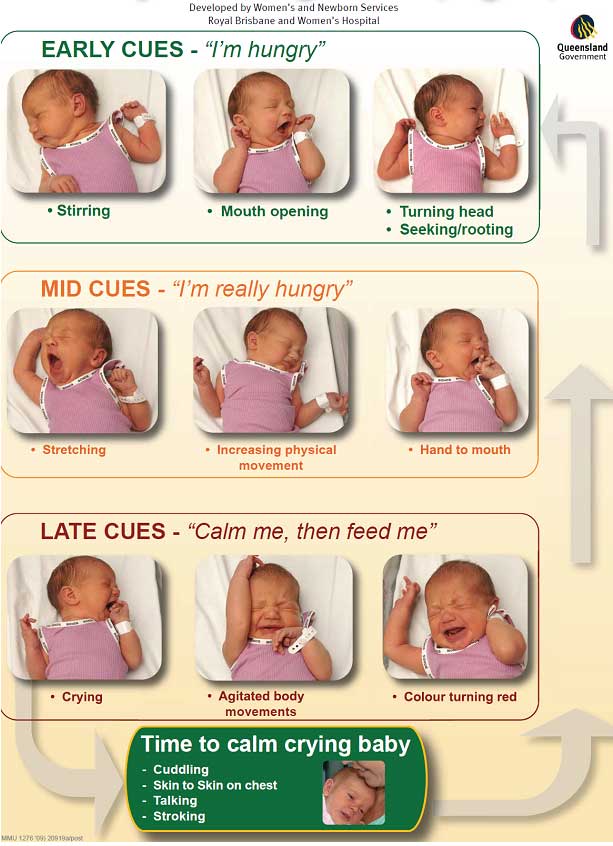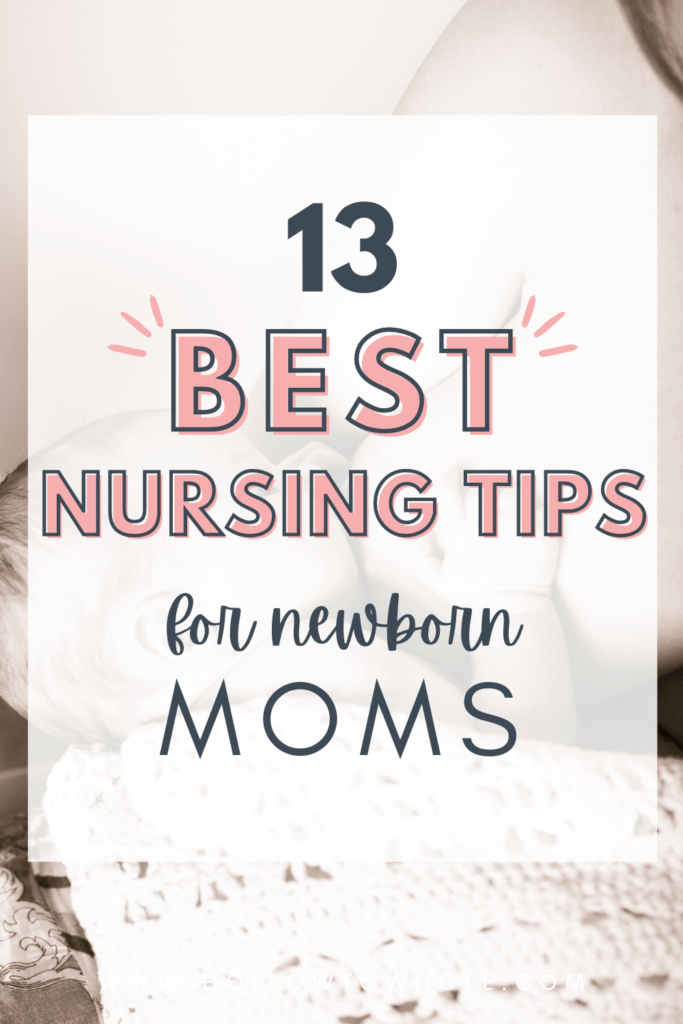Breastfeeding is one of the most blissful parts of motherhood but it can be challenging at times, especially in the beginning as a first time mom of a newborn.
As a first time mama myself, I’ve struggled with learning how to breastfeed and it’s one of the biggest learning curves I’ve gone through so far.
Each time I came across a new challenge and felt frustrated, I always remembered my why and fought to find a solution because I knew the benefits of breastfeeding.
So what are they anyway?

Benefits of Breastfeeding
Antibodies
Your body naturally produces antibodies to help guard your immune system with potential threats like viruses and bacteria.
When you breastfeed your baby, you’re passing those antibodies to them!
Especially in the early days when baby’s immune system is still developing, they heavily rely on your antibodies to help keep them safe from illness.
Your breastmilk has the superpower of adapting and tailoring its antibodies to match the needs of your baby.
This is something ONLY breastmilk has the ability to do.
Hormones
A cocktail of hormones are produced while breastfeeding that help promote things like bonding and regulating appetite.
Melatonin, a hormone that helps baby sleep, is naturally higher at night.
Oxytocin is responsible for the feeling of calmness and relaxation during nursing.
Beta-endorphins help baby cope with stress in this strange new world they’re in.
Leptin and ghrelin supports baby’s weight gain and thyroid hormones aid in regulating breathing and heart rate.
There are many other hormones that are found in breastmilk and all of them work together to facilitate baby’s growth and development.
Stem cells
Researchers have found that stems cells made by the mother’s breastmilk can stay alive in the baby’s gut.
From there, they are able to move into the bloodstream of a breastfed baby.
These cells play an important role for regenerating and repairing cells that develop into different parts of the body like blood, brain, bones, and organs.
Stem cells in breastmilk have the remarkable ability of becoming any cell in the body.
Safety and comfort
Along with giving your baby the nutrients they need to thrive, breastfeeding also provides a feeling of safety and comfort while being held in their mother’s arms.
This provides great psychological benefits to your baby as well as promoting the bond and deepening the relationship between you and baby.
Save this pin for later!

Disclosure: This post may contain affiliate links. If you click and purchase, I may receive a small commission, at no extra cost to you. Learn more here
13 Valuable Breastfeeding Tips For New Moms
1) Empty your bladder
While breastfeeding, the hormone oxytocin is released.
This hormone is responsible for stimulating the flow of breastmilk also known as the “letdown reflex” or “milk ejection reflex”.
It’s important to empty your bladder because this same hormone that releases milk is also responsible for contracting the uterus during childbirth and postpartum.
This is especially important during the early days of postpartum recovery to help your uterus shrink back to its original size.
Your uterus rests on your bladder so by emptying your bladder, it gives more space for your uterus to contract.
In some women, oxytocin can also stimulate the urge to urinate.
2) Have all supplies within reach
Before you sit down to nurse, make sure you have all your supplies within reach.
Meaning, if you reach for something, baby’s face won’t be squished or pulled away from your breast and unlatch.
I know how hard it can be sometimes to get baby to latch on, some days are easier than others.
On those hard days where it takes 20 tries for a fussy baby to latch, the last thing you want is to reach for something and baby unlatches!
Setting up a nursing cart is a very useful way to have all your supplies in one place.
Wherever you’re breastfeeding baby in your home, you can take your cart with you and have all your supplies close by.
No matter how old she may be, sometimes a girl just needs her mom
unknown
3) Get comfortable
A nursing session can be anywhere from 10 to 30 minutes.
I’ve actually sat down for 45 minutes multiple times in the early days of breastfeeding so I know how important it is to get into a comfortable position before baby latches.
When you’re in a comfortable position, you will feel more relaxed. When you’re more relaxed, your body can release more milk thanks to oxytocin.
Even if baby is crying and hysterical, make sure you get comfortable first before starting a feeding session.
Those few minutes of investing in yourself with a nice nursing pillow and getting cozy can really change the whole breastfeeding experience for both you and baby.
Save this pin for later!

4) Bring baby to breast
In my early days of learning how to breastfeed, my body was in all sorts of awkward positions.
I was leaning forward, bent over, spine crooked, slouched, neck twisted, you name it.
I was bringing my breast to my baby instead of bringing my baby to my breast.
When you’re in uncomfortable body positions, it won’t be sustainable for you and baby anyway.
You will get tired and have to unlatch baby and keep trying different positions which will make them even more fussy.
Practice bringing baby to breast and the whole experience will change for you.
Get yourself comfortable first and then bring your baby up to your breast and have her resting on a nursing pillow.
When both of you are relaxed, your sessions will become much more enjoyable.
5) Have nutritious snacks available
One thing that’s for sure is that breastfeeding makes you SO hungry and I’m not even joking about this one.
Personally I had to have a snack almost every single time I nursed or pumped.
Your body can burn up to 500 extra calories each day while producing milk and breastfeeding which can leave you feeling extra hungry and also dehydrated.
Make sure you have healthy nutritious snacks available to fuel your body.
Choose snacks that are low in sugar, high in fiber and protein and made with limited ingredients if possible.
After all, what you eat goes into your breastmilk to feed baby also.
Here are a few of my favorite go-to snacks
RELATED POST: My Positive Induction Birth Story
6) Drink water
Most of you know how important water is for our body and that’s especially true for a nursing mama.
Breastmilk is made of 80% water so if you’re not drinking enough water, nursing could leave you feeling extra thirsty.
There’s no one-size-fits-all answer when it comes to how much water should you drink in a day.
This number is personalized based on things like age, weight, activity level and outside temperature.
A general guideline is to take your weight and divide that by half and that’s how much water you should drink in ounces.
So if a person is 160 pounds, that’s about 80 ounces (10 cups).
What about if you’re breastfeeding?
The general recommendation is to get about 128 ounces (16 cups) of water a day when you’re nursing.
Again, this number can change depending on your activity level and current wellness.
What I found super helpful was having a large water bottle with me at all times.
The large sized bottle reduced the number of times I had to go and refill it because let’s be honest, even that can be hard when you’re a first time mom!
This insulated water bottle also comes with a straw which is a MUST-HAVE for labor and delivery.

7) Limit caffeine
Caffeine during pregnancy and nursing can be a controversial topic.
Personally, I love coffee and had it during my pregnancy but no more than 1 cup a day and not always did I have it everyday.
I also didn’t have any during my first trimester.
I’m not sure if physiologically that made any difference but I felt better knowing that baby was a wee bit bigger in the second trimester before I had caffeine again.
Anyway, the good news is that caffeine is generally safe for baby while breastfeeding with the recommended daily intake of less than 300 milligrams (about 2-3 cups).
When caffeine enters the bloodstream, a small amount of that can pass through your breastmilk and into baby.
Most babies are unaffected by this but there are some that might be more sensitive to caffeine and this can show up as being extra fussy or alert.
8) Practice being uncomfortable
In the early days of breastfeeding your newborn, you might have found a way that works for you and baby in the comfort of your own home.
You can feed baby on demand and everything is easily accessible.
However, there might come a time when you want to have a social life again and you need to breastfeed in a different environment.
When you’re out in public or at someone else’s home and need to nurse your baby, it’s good to have some practice beforehand so you’re not doing it for the first time there.
This includes wearing a nursing top that has easy accessibility or using a nursing cover if you feel more comfortable being covered up. Practice breastfeeding with both of these items at home beforehand!
I’ve had times where my baby actually pulled my nursing cover down because I didn’t attach it tight enough and I also had trouble getting baby to latch while wearing a nursing top because I was used to seeing baby’s whole face to latch – things like this you don’t think about until you’re in the situation!
Also practice which positions work for you and baby without items like a nursing pillow and what supplies you need within reach to once feeding has begun.
You won’t have the luxury of grabbing a wash towel or a water bottle or extra baby wipes when you’re nursing baby in someone else’s bedroom per se so have a few practice runs at home.
Try things like feeding sitting down on the floor, holding baby while standing up and playing loud noises in the background.
9) Try different positions
As baby grows in size, you might need to try different positions to find one that’s comfortable for both of you.
When your baby is a newborn, they’ll fit perfectly snug in a nursing pillow. As they get bigger (and cuter), you probably have to ditch the nursing pillow all together.
Around the 3 month mark, baby becomes more aware of their surroundings and can become very distracted while breastfeeding.
They might not like the original position of being tucked underneath your breast anymore as they can feel trapped.

They also might want to look and explore other things while they nurse making them fidgety and squirmy.
Try a few the different breastfeeding positions from the image above to see which ones work for you.
10) Avoid bottles and pacifiers
I was a total victim to this one! Since it was my first baby, most of the time I had no idea what I was doing.
When baby was just a few weeks old and crying hours on end, we gave her a pacifier and she looked so adorable sucking on it.
Then we were advised by my midwife to give her pumped breastmilk in a bottle as a last late night feed so she’ll sleep a bit longer so I can get a bit more rest.
We did not know these things would be detrimental to breastfeeding before we were established.
Established basically means baby knows how to latch properly, they’re gaining good weight and both of you are comfortable with the process.
I really wish I had gained more knowledge before listening to other people’s advice so I could make an informed decision myself.
Had I taken online courses like The Ultimate Breastfeeding Class (use code: HOLLOWTOWHOLE for 10% off) from Milkology, I could have avoided many of these mistakes early on and most importantly, I could have been empowered to make a decision that was right for my baby.
Instead, I struggled and had to learn the hard way! My baby went through many feeding stages in the first month.
She went from breastfeeding perfectly to absolutely hating it and only wanting the bottle because it was so much easier.
Then she was in love with both worlds and now she hates the bottle and only wants to be breastfed.
The pacifier is similar to the bottle as it may cause nipple confusion and improper latching.
It’s best to wait until breastfeeding is established, usually 4-6 weeks, before you introduce bottles and pacifiers.
11) Learn newborn hunger cues
Trying to get a stiff and fussy baby to latch is no fun so make sure to learn newborn hunger cues before it gets to that point.
Crying is a late cue.
There are many signs that baby will show before they cry to tell you they are hungry.

As a first time mama, I thought crying was the only cue and many times, I was too late in feeding her.
She had already been showing hunger signs which I wasn’t aware of.
If you’re aware of these early hunger cues and breastfeed as soon as you notice them, you’ll have a much easier time getting baby to latch and nurse calmly.
12) Build a good support system
The newborn stage is hard and it’s even harder if you don’t have a good system.
As a first time mama, you’re going to be learning so many new things while going through postpartum recovery and being sleep deprived all at the same time.
Having a good support system will make all the difference and will help you along your breastfeeding journey. You can join apps like Peanut where you can find a whole online community of new moms just like you.
Your parents or in-laws can also come and watch the baby so you can rest or your partner can be responsible for washing and sanitizing all your pumping accessories if you’re pumping breastmilk as well.
It can also be someone you call just to talk. It can be a sibling or another mama who can be there to listen to you and provide emotional support.
If you’re looking for more educational resources, you can also take a breastfeeding course (save 10% with code HOLLOWTOWHOLE).
In my experience, the more knowledge I had about breastfeeding, the better I was at overcoming challenges and the more empowered I felt.
13) Be happy
Last but not least, is to be happy. You might think that because you’re his mama that you know everything about him but your baby is just as aware of your emotions as well.
Your baby can sense when you’re frustrated and stressed and this can have an affect on the whole breastfeeding experience.
Take a few minutes to get into your happy place first before you start nursing.
You can play some relaxing music in the background or look at your baby’s cute photos on your phone even though they’re right in front of you.
When you’re happy, your baby can feel that and your body will produce more oxytocin which can help with your milk supply and letdown reflex so it’s a win-win for both of you!
Thanks for stopping by 
I hope you found these tips helpful. Let me know in the comments below some things that helped you along your breastfeeding journey!

Did you like this post? Save this pin!











No Comments